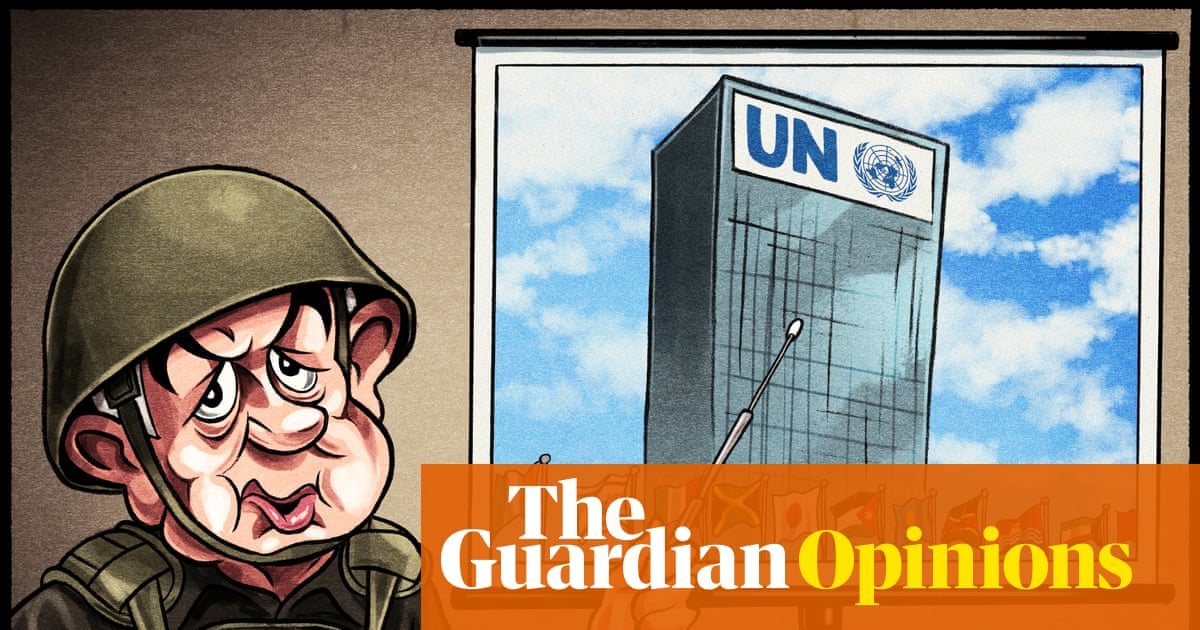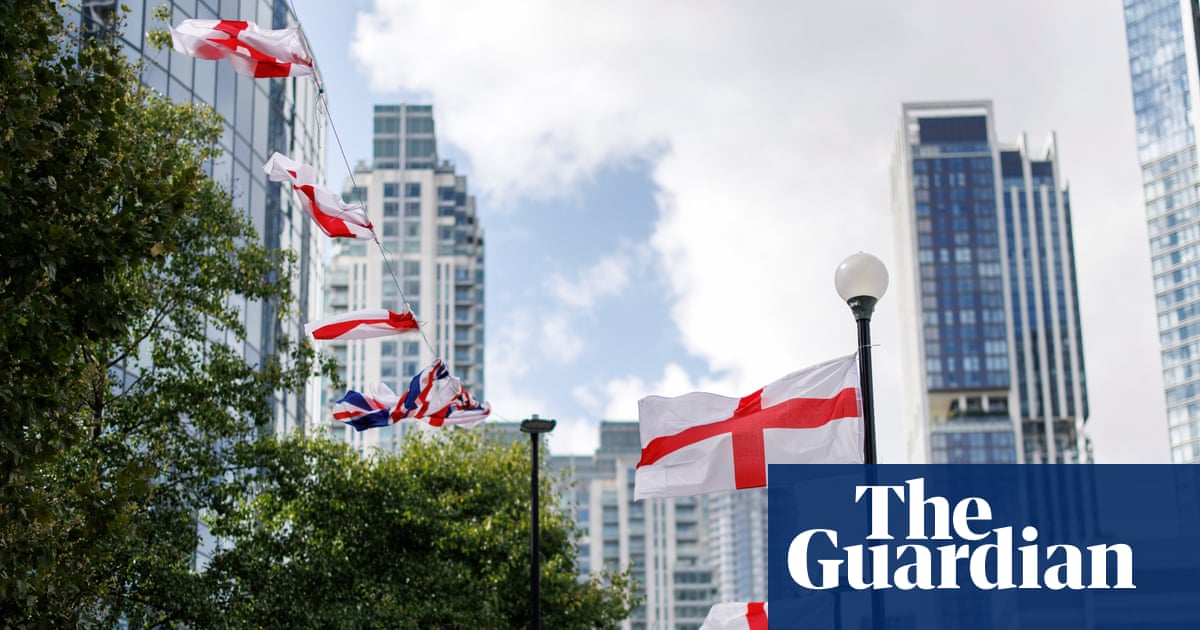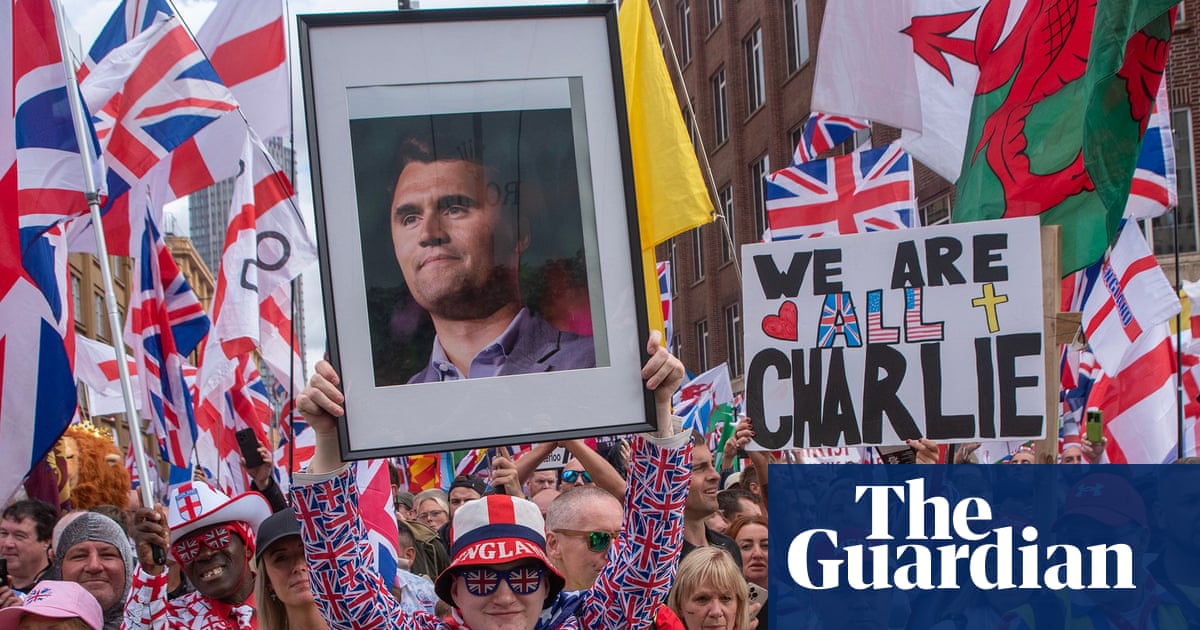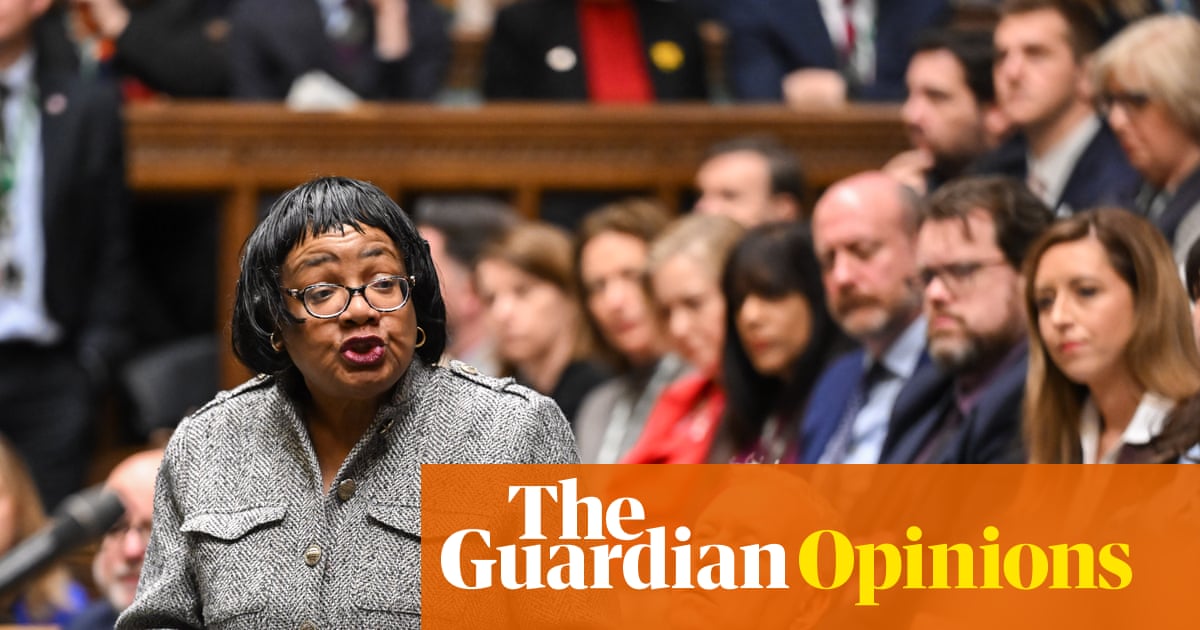A reputation for political violence is one reason Northern Ireland has historically attracted fewer immigrants than the rest of the UK. In that context, increasing diversity could be read as a measure of progress; a peace dividend after the Troubles. That isn’t how it has felt to families cowering in fear of racist mobs this week. The riots started in Ballymena, ostensibly triggered by the arrest of two boys, reported to be of Romanian origin, accused of sexually assaulting a teenage girl. A community vigil mutated into a racist rampage. Masked thugs targeted the local migrant population. When police came to quell the pogrom, officers were attacked with bricks, fireworks, petrol bombs. There was contagion. Windows were smashed and a fire started at a leisure centre in nearby Larne that had been used as a temporary refuge for those fleeing the Ballymena violence. There were outbreaks of disorder in other towns.
Leaders from across Northern Ireland’s political spectrum have condemned the violence. But on the unionist side in particular, there has also been much leavening of opprobrium with reference to “legitimate” underlying grievances. Judiciously expressed, the complaint is that migration has been poorly managed, putting a strain on local services. In its more pungent iteration, it is the insinuation that new arrivals get preferential treatment, especially regarding housing.
On the street, that degenerates into a miasma of hatred – a generalised accusation of parasitism and criminality imported by the foreigners. Rumour and disinformation, propagated online, accelerates collective movement through the gears from inchoate frustration to vigilante rampage.
Northern Ireland is the least diverse part of the UK. Immigrants make up about 3.4% of the population, compared with 18.3% in England and Wales, and 12.9% in Scotland. But that comparison belies relatively rapid and concentrated demographic change in places such as Ballymena. And while sectarian violence is no longer endemic, the Troubles cast a shadow of intercommunal suspicion that makes it harder for outsiders to integrate. There is also a developed infrastructure of far-right extremism that evolved through close ties to loyalist paramilitaries.
Those are distinct Northern Irish inflections on a problem that is far from unique to the region. The escalation from a single spark to a conflagration of violent bigotry is grimly familiar from the rioting that erupted across the UK last summer. Then it was the murder of three young girls in Southport that became the pretext for a malevolent carnival of xenophobic rage. Then, too, it was possible to excavate a kernel of socioeconomic grievance from the ashes.
It is always worth tracking the underlying forces that lead to public disorder. But that analysis can also be used to sanitise and normalise the kind of political rhetoric that makes scapegoats of migrants and inflames the grievances it purports to address. There is no justifiable pathway from a complaint about inadequate public service provision and fear of crime to terrorising innocent people, destroying public amenities and attacking the police.
There are places across the UK where deprivation and social alienation, simmering for years, can be mobilised as racist violence. There is a line between acknowledging the social conditions that make such a danger possible and narrating those conditions in ways that make violence more likely. The boundary is not hard to see, which brings all the more shame on the politicians who routinely cross it.
-
Do you have an opinion on the issues raised in this article? If you would like to submit a response of up to 300 words by email to be considered for publication in our letters section, please click here.

.png) 3 months ago
22
3 months ago
22

















































